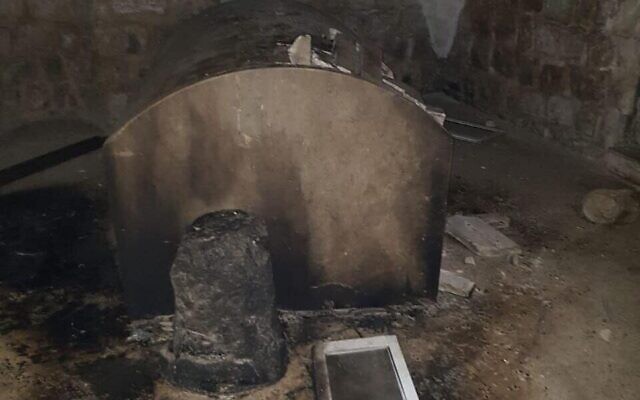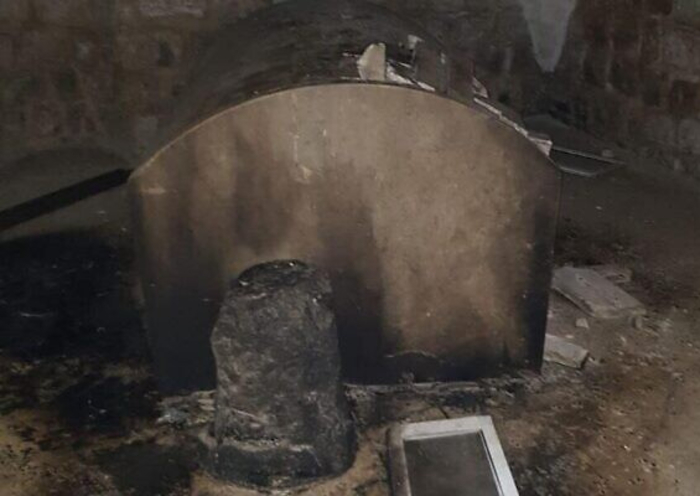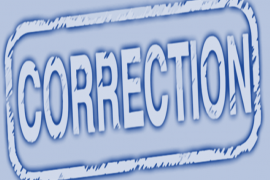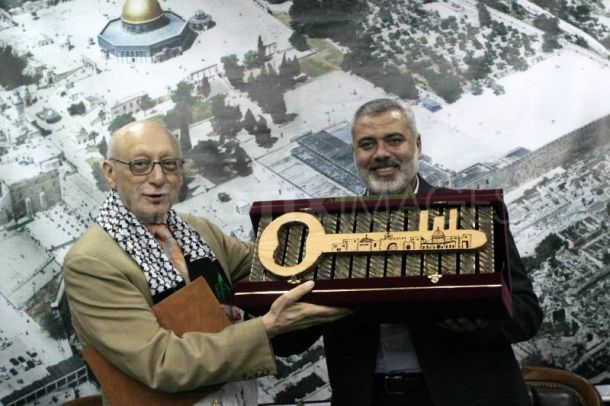A Guardian article – via Agence France Presse – focused on Palestinians killed and injured in clashes with Israeli troops who’ve been engaged in anti-terror operations in West Bank cities in response to the four recent terror attacks that claimed 14 Israeli lives in the past three weeks.
The article (“Palestinian lawyer and teen killed as Israel raids West Bank amid escalating violence”, April 13) reported on two recent Palestinian fatalities, and opened thusly:
A Palestinian lawyer and a teenager have been killed on the fifth day of Israeli raids in the West Bank following deadly attacks in the Jewish state, amid heightened tensions after a religious site was vandalised.
Which religious site was vandalised, and who vandalised it?
Nine paragraphs down, we finally learn which “religious site” they’re referring to, but not who vandalised it.
Violent clashes had erupted earlier in the day in Nablus, where Israeli forces were escorting a work crew that came to repair Joseph’s Tomb.
The site is sacred to Jews and was smashed in an act of vandalism last weekend.
Fourteen paragraphs down from that sentence, we’re told the following:
The holy site, where Jews say the Biblical patriarch Joseph is buried, is a frequent flashpoint between Israelis and Palestinians. It was partially destroyed in 2000 during a Palestinian uprising and also torched in 2015.
Remarkably, the article never gets around to mentioning that – like the 2015 torching and 2000 destruction they allude to – the recent attack(s) on Joseph’s Tomb were committed by Palestinians. In fact, there were two separate Palestinian attacks on the Jewish holy site earlier in the week, as well as a shooting of two Jews who entered the site after the first act of vandalism.
According to an IDF spokesperson, on the first night, April 9th, roughly a hundred Palestinians broke into the site, which is located in Area A of the West Bank, under complete Palestinian Authority (PA) control, rioted, set the Tomb ablaze and smashed objects inside before being dispersed by IDF forces and PA security.

The following day, two Jews were shot and wounded – presumably by Palestinians – while trying to reach Joseph’s Tomb in order to repair it. (The site was successfully repaired two days later by Israeli authorities)
On that same day, video circulating on social media showed a Palestinian man throwing rocks inside the site to the already-vandalized tomb while saying in Arabic: “There is no Joseph’s Tomb anymore, you traitors.”
יממה אחרי ההשחתה הקודמת: פלסטינים שוב תועדו פורצים למתחם קבר יוסף בשכם ומשחיתים אותו pic.twitter.com/nSb9GzE1WU
— Carmel Dangor כרמל דנגור (@carmeldangor) April 11, 2022
In addition to their omission of the identity of the perpetrators who twice vandalised Joseph’s tomb, the Guardian also failed to note that the acts of desecration – by Palestinians – represent a violation of the Oslo Accords, which tasks PA police with “the protection of [Jewish holy sites], as well as of persons visiting them”.
Joseph’s Tomb is not, as the Guardian article claimed, a “flashpoint”, as the word suggests a place where violence tends to erupt. Rather, it’s a site that Palestinians (and only Palestinians) have targeted due to its religious significance to Jews – part of a long history of Palestinians attacking Jewish holy sites, out of intolerance or a desire to erase evidence of thousands of years of Jewish history in Judea and Samaria.
Related Posts
Guardian contributor says she’s NOT anti-Israel. Facts prove otherwise.






High time now for Israel to issue serious warnings as to how future uprisings, vandalism and murders will be treated – so terrorists and the world will be under no illusions.
The Guardian, in this and a host of other examples, routinely sends around the initially flawed euphemisms used in a news account from another source, such as “militants” instead of “terrorists,” repeats an initial journalist’s attempt via the passive voice, and/or complete lack of clarity with respect to (1) what site is being discussed , (2) who has been attacking it, (3) who is responsible for protecting the site — about countries and territories where they would never accept such sloppy journalism on a routine basis, were the attacks somewhere other than in Israel or disputed territories around Israel, in Lebanon, Syria, etc.
The paradigm case of a double standard or no standards at all.